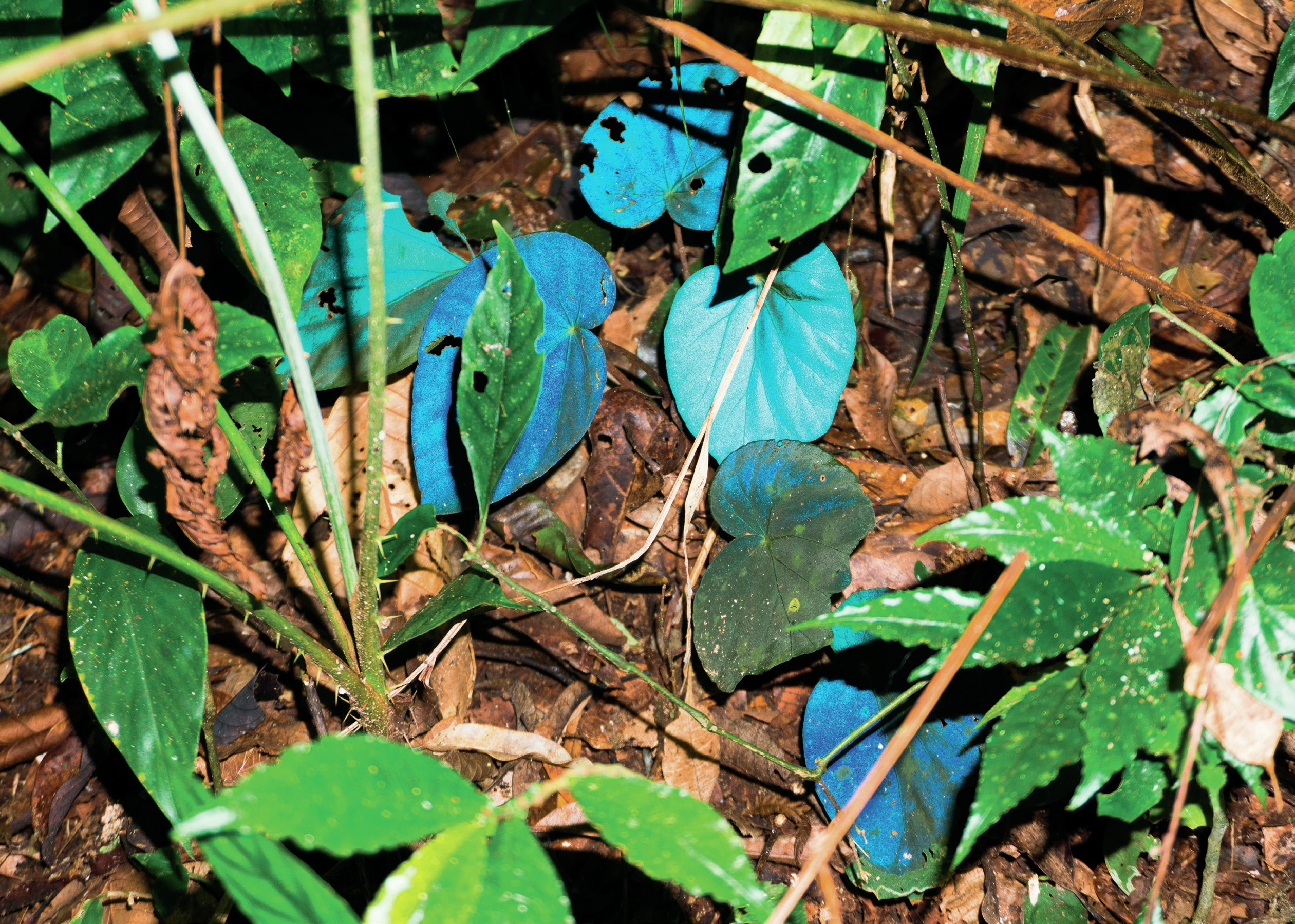
On a trip to the Malaysian rainforest in 1975, American botanist David Lee noted some remarkable plants in the tropical understory. Among them was Begonia pavonina, nicknamed the peacock begonia owing to its compelling bright blue leaves. The leaves are iridescent, meaning they shimmer, reflecting light in a way that depends on the viewing angle, much like the wings of dragonflies (see Box 1) or the underside of a CD.
So how does B. pavonina get its beautiful colour? And how can we explain its iridescence — a phenomenon unachievable through simple pigmentation? The answer to this is not in a new and previously undiscovered blue pigment colour, but in an entirely different method of colouration — structural colour.
Your organisation does not have access to this article.
Sign up today to give your students the edge they need to achieve their best grades with subject expertise
Subscribe




